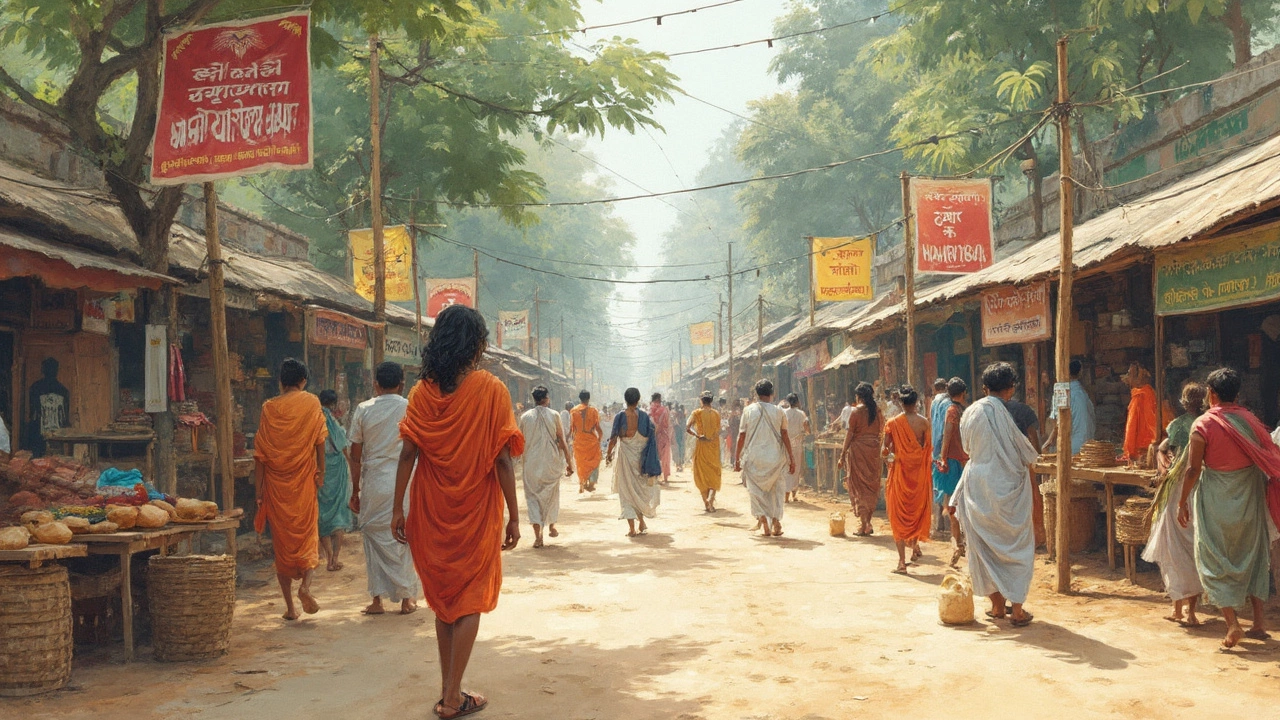Festival History: How India’s Celebrations Evolved
Ever wondered why we light fireworks during Diwali or why people gather for a camel fair in Rajasthan? The answer lies in a long line of stories, beliefs, and local customs. Let’s break down the journey of India’s festivals, step by step.
Ancient Roots of Indian Festivals
Most Indian festivals started as rituals to honor nature or a deity. Farmers would thank the sun for a good harvest, or priests would chant to calm a storm. The oldest records, found in Vedic texts, mention seasonal gatherings that later turned into big events like Holi and Navratri.
Take Holi, for example. It began as a spring rite to celebrate the end of winter. The story of Prahlad and the demon king adds a mythic layer, but the core idea remains: people splash colors to welcome new life. Similar patterns appear in other regions – a rain ceremony in the south becomes Pongal, a harvest feast in the east turns into Bihu.
Modern Twists and Why They Matter
Fast forward a few centuries, and you’ll see festivals mixing old rites with new habits. The Pushkar Camel Fair, once a simple trade meeting, now includes music shows, crafts stalls, and selfie spots. Tourists flock in, and locals adapt by adding modern entertainment to keep the fair alive.
Even Diwali, once a night of oil lamps, now includes fireworks, online sales, and social media posts. The core idea – the victory of light over darkness – stays the same, but the way we celebrate shifts with technology and lifestyle.
Why does this evolution matter? It shows how flexible culture can be. When a tradition adapts, it stays relevant. Young people keep attending because they see something they can relate to – be it a trendy dance at a folk music night or a food stall serving viral snacks.
Another example is the growing popularity of regional festivals beyond their home states. Gujarati Navratri’s Garba dances are now common in metros, while Tamil Pongal is celebrated in schools across the country. This cross‑pollination spreads awareness and creates a shared sense of belonging.
If you want to experience festival history firsthand, start with a local event. Attend a village celebration, talk to elders, and note the songs, clothing, and food. You’ll spot the ancient threads and the modern additions side by side.
Remember, festivals are more than dates on a calendar. They are living stories that link past, present, and future. By understanding their history, you get a clearer picture of why we do what we do today.
So the next time you light a lamp or dance in a crowd, think about the centuries of practice that led to that moment. It’s a small reminder that every celebration carries a piece of history, and you’re part of that ongoing tale.
